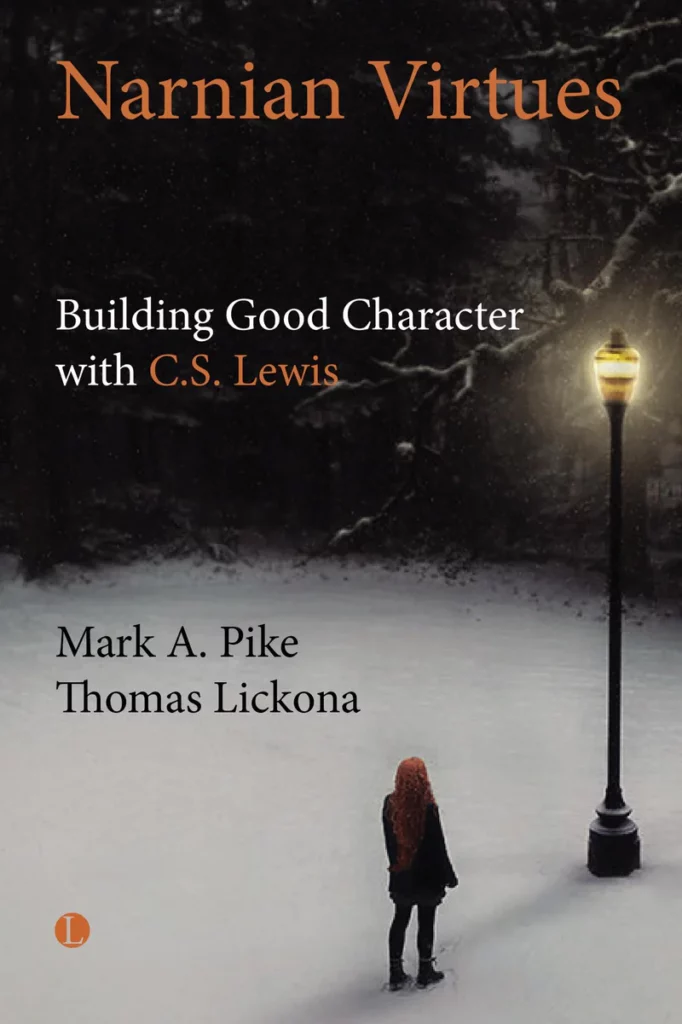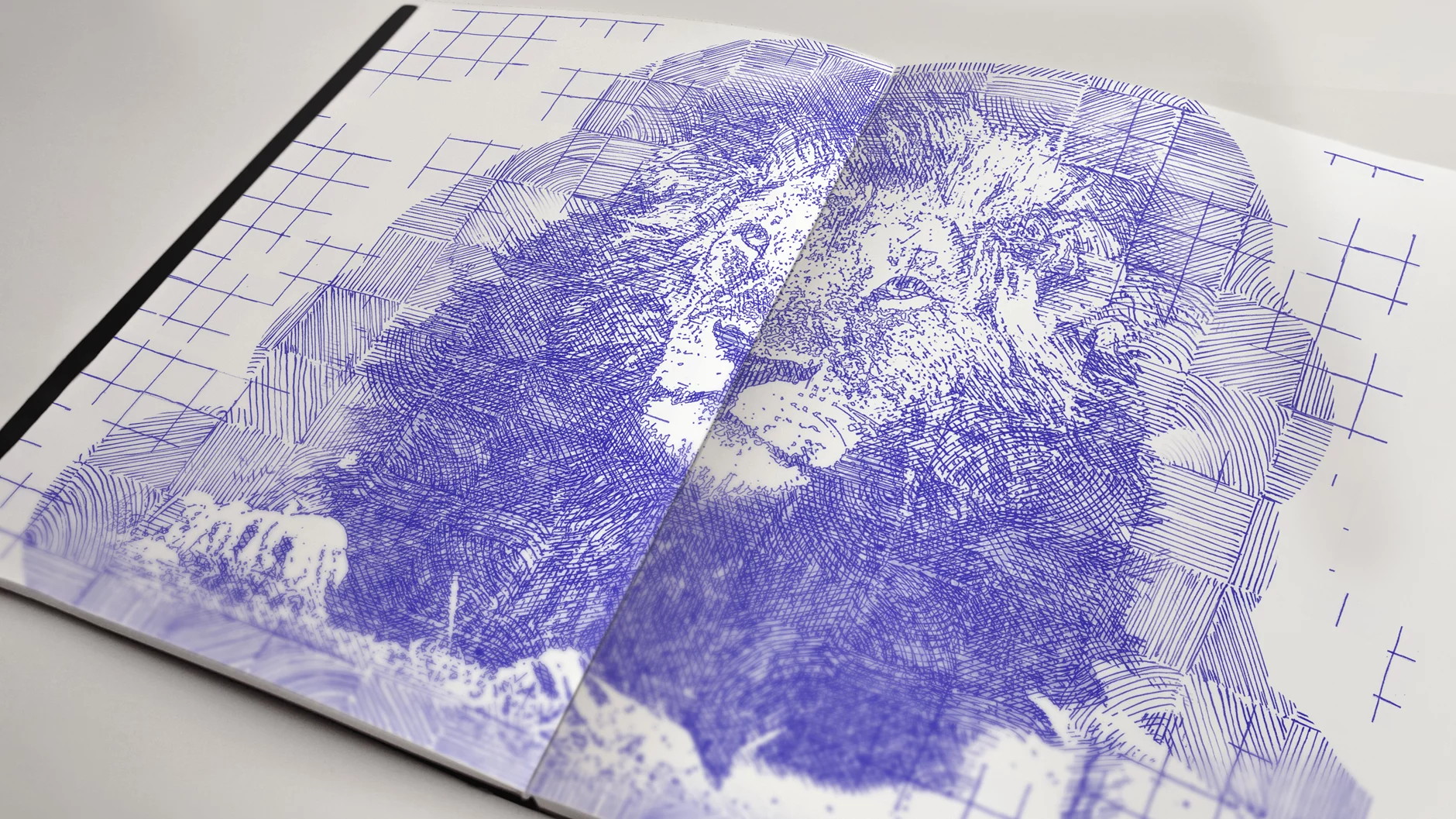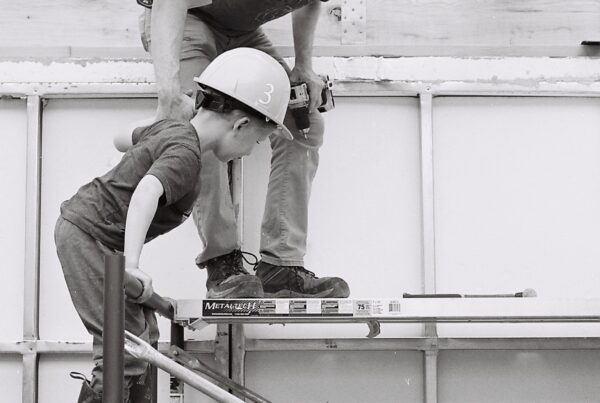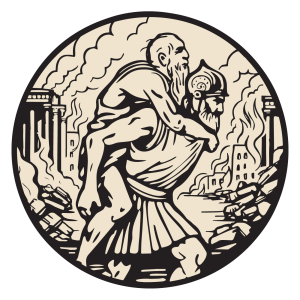
At the moment I am reading Narnian Virtues: Building Good Character with C.S. Lewis by Mark A. Pike and Thomas Lickona. The book is based upon a character-education curriculum that Pike and Lickona developed, and which I wrote about for Christianity Today back in 2020.
In that essay, I highlighted work by an unnamed colleague:
One of my colleagues at The Covenant School in Charlottesville, Virginia, recently demonstrated to me how powerful and transformative teaching literature can be. He had a class of ninth graders reading Charles Dickens’s A Tale of Two Cities. A character in the story spends his long imprisonment making shoes. In the many hours at his shoe bench, he also fashions a “false self,” that allows him, my colleague told his students, to “literally forget who he is.” The character remains mentally imprisoned, even when he becomes physically free.
My colleague used the story as a tool for character formation, prompting students to “see if we have any shoe benches of our own.” Almost all identified some form of technology or social media as a personal “shoe bench,” a site of distraction that feels liberating but ultimately worsens their anxieties.
The student response was remarkably fruitful. Students I interviewed described concrete steps they took to live in greater freedom from social media—deleting accounts, giving up smartphones, and challenging others to do the same.
That colleague was none other than St. Dunstan’s Founder and Headmaster, Thomas Fickley. As I noted in the piece, Thomas’s shoe-bench exercise strongly mirrored the results of an exercise in the Narnian Virtues curriculum titled, “What’s your Turkish Delight?”
One activity, titled “What’s Your Turkish Delight?” draws on Edmund’s encounter with the White Witch and his subsequent addiction to her enchanted candy. Edmund’s inability to see the witch for who she is and his vulnerability to manipulation are partly a result of his youth. The deeper cause, however, is his flawed character. His malformation led to trivial cruelty in England; in Narnia it leads to disaster.
Edmund pursues Turkish Delight single-mindedly, betraying his own family and nearly destroying himself in the process. The image is suggestive of drug addiction, and so it is both striking and unsurprising that students, when asked to identify their own “Turkish Delight” in the pilot programs, frequently pointed to “the use of mobiles phones and the Internet.” The curriculum then guides students to collaborate with their families to develop strategies for personal improvement.
Thomas and I have been studying, thinking about, and discussing the counterformational influence of digital technology for years. It is this work which undergirds our commitment to St. Dunstan’s rule of digital poverty.
And, as my piece in Christianity Today and a follow-up in Earth & Altar reflect, we have also been thinking about how to enact a holistic formation of “head, heart, and hand,” as well as how to form a coherent and healthy school culture.
From the former piece:
…the head-heart-hand model of character education requires a curriculum that instructs, inspires, and guides students in virtue. While the novels surely have the capacity to motivate readers towards good character, whether they will or not is much more tenuous. It may depend less on curriculum and more on context: teachers and their classrooms and schools, students and their families and churches. Taken alone, no curriculum—not even one as thoughtful and faithful as Narnian Virtues—can create a virtue-forming school environment.
In the follow-up, I wrote:
As in all education, nothing misleads so disastrously as a misguided teacher — and nothing kills wonder quite so effectively as an indifferent or hostile one. In an ideal situation — presented in an ably guided classroom to a student from a well-formed family grounded in a Christ-centered parish — the potential of the curriculum is limitless. Ideal situations do tend to produce ideal results! Unfortunately, we all inhabit less-than-ideal realities. Most of the time, at least one or two legs of the school-family-church stool are a bit shaky — and the coronavirus pandemic has severely tested each of these “legs” in various ways. Can character education of the kind reflected in the Narnian Virtues project still flourish in our less-than-ideal realities?
Of course, St. Dunstan’s will be a real place and not an ideal. Nevertheless, as I wrote in “A Vision for Christian Formation at St. Dunstan’s Academy”:
…the school will be uniquely situated to offer an integrated and coherent life, grounded in and flowing from the heart of the Church. At St. Dunstan’s, spiritual formation and theological education will be seamlessly integrated into daily life in ways not possible in most school contexts.
One of the great joys of this project is in bringing to life the thoughts and ideas Thomas and I shared as colleagues in education and fellow parishioners at All Saints Charlottesville.
Please consider joining us — through prayer and, if possible, through financial contributions — as we continue building St. Dunstan’s Academy!





